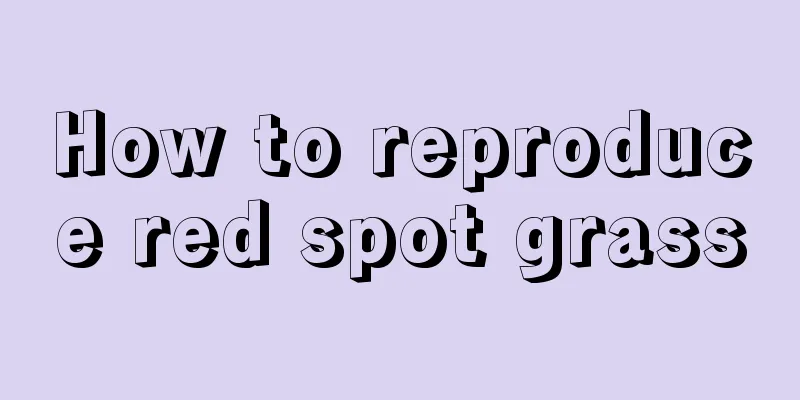Is grape hyacinth poisonous? Is it suitable for indoor cultivation?

1. Is it toxic?Grape hyacinth has beautiful flowers and a mysterious feel, making it very popular. You can safely grow it at home as it is a non-toxic plant. Unlike hyacinth, many materials show that the whole plant is non-toxic, but you still need to be careful when caring for it. 2. Is it suitable for indoor use?It is a very common flower plant with beautiful flowers when it blooms, and is very suitable for indoor maintenance. However, it likes light very much, so when caring for it indoors, you should make sure to place it in a well-lit place. You can place it on a balcony or a windowsill with plenty of light, so that it will grow more vigorously. 3. Benefits of indoor maintenance1. Beautify the environment: Its flowers are beautiful and colorful. Placing them indoors can beautify the environment and make people happy. In addition, placing it in a ventilated place with breeze can refresh your mind. However, it is not recommended to place it in the bedroom to avoid affecting sleep. 2. Purify the air: In addition to the above functions, it can also purify the air. Placing it indoors can absorb harmful substances in the air, making the air cleaner and fresher, and providing people with a healthier space. |
<<: What type of people does bamboo represent?
Recommend
What to do if magnolia leaves turn yellow
1. Water appropriately Reason: The yellowing of m...
How to prune cherry blossoms
When to prune cherry blossoms It is generally mor...
What to do if bougainvillea is frozen
1. Is this plant afraid of freezing? This plant p...
Why doesn't the desert rose bloom?
When does it bloom? The desert rose will not bloo...
How to grow wintersweet in spring
1. Watering It is very important to water the win...
Diseases and Pests of Viola serrata and Their Control
Diseases of summer pansy How much do you know abo...
Can pineapples be grown in Hunan?
Can pineapples be grown in Hunan? Pineapples can ...
How to grow saffron in pots
Potted saffron is generally planted in spring and...
Disease and insect pest control of glutinous rice strips
1. Leaf spot The pathogen of this disease can ove...
How to prune strawberries
When to prune strawberries Strawberries can gener...
How often should camellia be watered in summer?
Camellia watering frequency in summer Camellia li...
Fruit and vegetable seed germination method
Seed soaking and germination The seed soaking and...
How long does it take for asparagus to grow?
Introduction to Growing Asparagus Asparagus is no...
How to grow potted lavender
Potted plant management Lavender is a perennial s...
When to plant onions?
Onion is a perennial herb belonging to the genus ...









